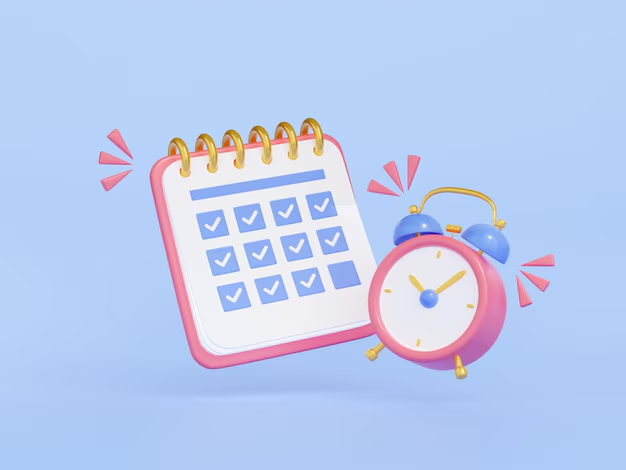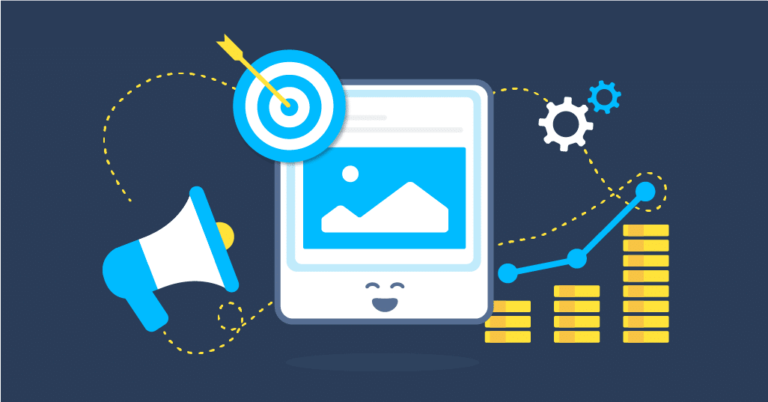Posting on multiple social platforms without losing effectiveness, is it a real headache for you? With the increase of networks like Pinterest, TikTok, and Twitter/X, maintaining an active and consistent presence can quickly become time-consuming. However, smart planning and the use of the right tools can save time while maximizing engagement. From creating an editorial calendar to automating posts, discover the best tips to optimize your multi-platform management and boost your digital strategy today!
The fundamentals of effective planning across multiple social networks
In a digital environment where users’ attention is constantly sought, posting content randomly on social networks is no longer sufficient. Rigorous planning helps ensure a regular presence, maximizes engagement, and optimizes the impact of posts. However, for a multi-platform strategy to be effective, it’s essential to understand the specifics of each network and adopt a structured organization.

Understanding the specifics of each platform
Each social network has its own codes, formats, and algorithms. An effective post on Pinterest will not generate the same results on TikTok or Twitter/X. Adapting your content is therefore crucial for reaching your audience effectively.
- Pinterest 📌 : A platform focused on inspiration and discovery. Posts should be visually attractive, accompanied by descriptions optimized for SEO to improve visibility in search results.
- TikTok 🎥 : Algorithm based on instant engagement. Videos should be short, dynamic, and aligned with viral trends to quickly capture attention.
- Twitter/X 📝 : A platform of immediacy and real-time interaction. It is advisable to post multiple times a day, with impactful and engaging messages to maintain the conversation with your audience.
💡 Concrete example : A fashion brand could post a trend guide on Pinterest, a fashion challenge in a video on TikTok, and a discussion about new collections on Twitter/X to maximize its reach on each platform.
Structuring an editorial calendar for better organization
A coherent plan relies on a well-defined organization. An editorial calendar is an indispensable tool for structuring the publication of content and maintaining optimal consistency across different platforms.
- Define publishing objectives 🎯 : Each piece of content must serve a specific purpose: promotion, engagement, education, or entertainment.
- Plan publications in advance 🗓️ : Scheduling your posts over several weeks helps avoid last-minute publications and ensures consistency in communication.
- Maintain a balance in publication frequency ⚖️ : Too many posts can overwhelm the audience, while a lack of regularity can harm the algorithm and visibility.
📊 Key statistic : According to Sprout Social (2023), brands that post regularly and with a strategic plan see a 32% increase in their average engagement compared to those that post sporadically.
💡 Concrete example : A culinary content creator can establish an editorial calendar with three Pinterest pins per week, two TikTok videos, and five tweets per day to maintain an active and coherent presence.
Advanced tools and techniques to automate and optimize planning
Manually scheduling posts on multiple platforms can quickly become a time-consuming task. Fortunately, automation offers an effective solution to optimize content management, save time, and maximize engagement. With specialized tools and advanced techniques, it is possible to ensure a smooth and efficient online presence while adjusting your strategy based on results.

Using multi-platform management tools
One of the main challenges of digital marketing is to maintain a coherent and optimized publication on Pinterest, TikTok, and Twitter/X without losing effectiveness. For this, it’s essential to use efficient automation tools like Sosoon, which allow you to manage multiple accounts simultaneously from a single interface.
The key features of these tools include:
- Bulk scheduling of posts 📅 : Plan your posts in advance to avoid daily manual work and ensure regular distribution.
- Content synchronization 🔄 : Publish simultaneously on multiple platforms while adapting formats for each social network.
- Auto-posting and smart engagement 🤖 : Some tools allow you to automatically respond to comments or like relevant posts to maintain interaction with the audience.
- Analytical dashboards 📊 : Access detailed statistics to track post performance and adjust strategy in real-time.
💡 Concrete example : An e-commerce company using Sosoon to manage six Twitter accounts, three TikTok accounts, and four Pinterest accounts reduced its social media management time by 40% while increasing its engagement rate by 30% in three months.
Optimizing posts through testing and adjustments
Automating planning is not enough: it is crucial to analyze results to refine the strategy and maximize the impact of posts. Using A/B testing and performance analysis helps identify what works best on each platform.
Here are the main optimization strategies:
- A/B testing on content 🧪 :
- Test different descriptions, images, or hashtags to see which combination generates the most engagement.
- Experiment with different posting times to identify the most effective slots.
- Real-time performance analysis 📈 :
- Identify the types of content that generate the most clicks, shares, and interactions.
- Adjust posting frequency based on the results obtained.
- Refining strategy based on trends 🔍 :
- Monitor trends on TikTok and Twitter/X to adjust content accordingly.
- Adapt your editorial calendar based on collected insights.
📊 Key statistic : According to Hootsuite (2023), companies that regularly adjust their strategy based on performance see a 45% increase in their engagement rate on average.
💡 Concrete example : A content creator testing two versions of the same post on Pinterest and TikTok with slightly different visuals and descriptions saw a 20% increase in click-through rate by using a more engaging call-to-action.
By integrating efficient tools and advanced tracking techniques, social media management becomes a powerful lever to increase visibility, engagement, and productivity.





